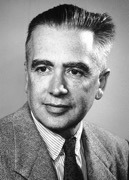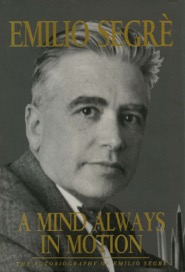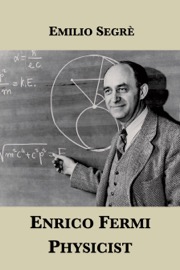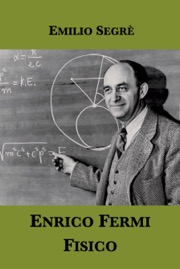
In 1938, when Mussolini passed antisemitic laws barring Jews from university positions, Segrè was on a research visit at the University of California (Berkeley); he stayed there temporarily at the Radiation Laboratory, before receiving a permanent appointment. In 1940, Segrè and his colleagues discovered astatine and plutonium-239, subsequently used to make the atom bomb.
Fermi immigrated to the United States shortly after Segrè, and their collaboration continued. During 1943-46, Segrè led the Manhattan Project’s Radioactivity Group at Los Alamos. He was a professor of physics at UC Berkeley from 1946 until 1972. In 1959, he won the Nobel Prize in physics for the discovery of the antiproton, with Owen Chamberlain.
In addition to his scientific papers, Segrè wrote a biography of Fermi, Enrico Fermi: Physicist, his autobiography A Mind Always in Motion and two volumes on the history of physics, From Falling Bodies to Radio Waves and From X-rays to Quarks. His scientific books include Nuclei & Particles, still used today, and E. Fermi Collected Papers. An avid photographer, Segrè recorded events and people in the development of modern physics. He donated his collection of photos to the American Institute of Physics, which named it the Emilio Segrè Visual Archives in his honor.
Click on each cover for details about each eBook:






